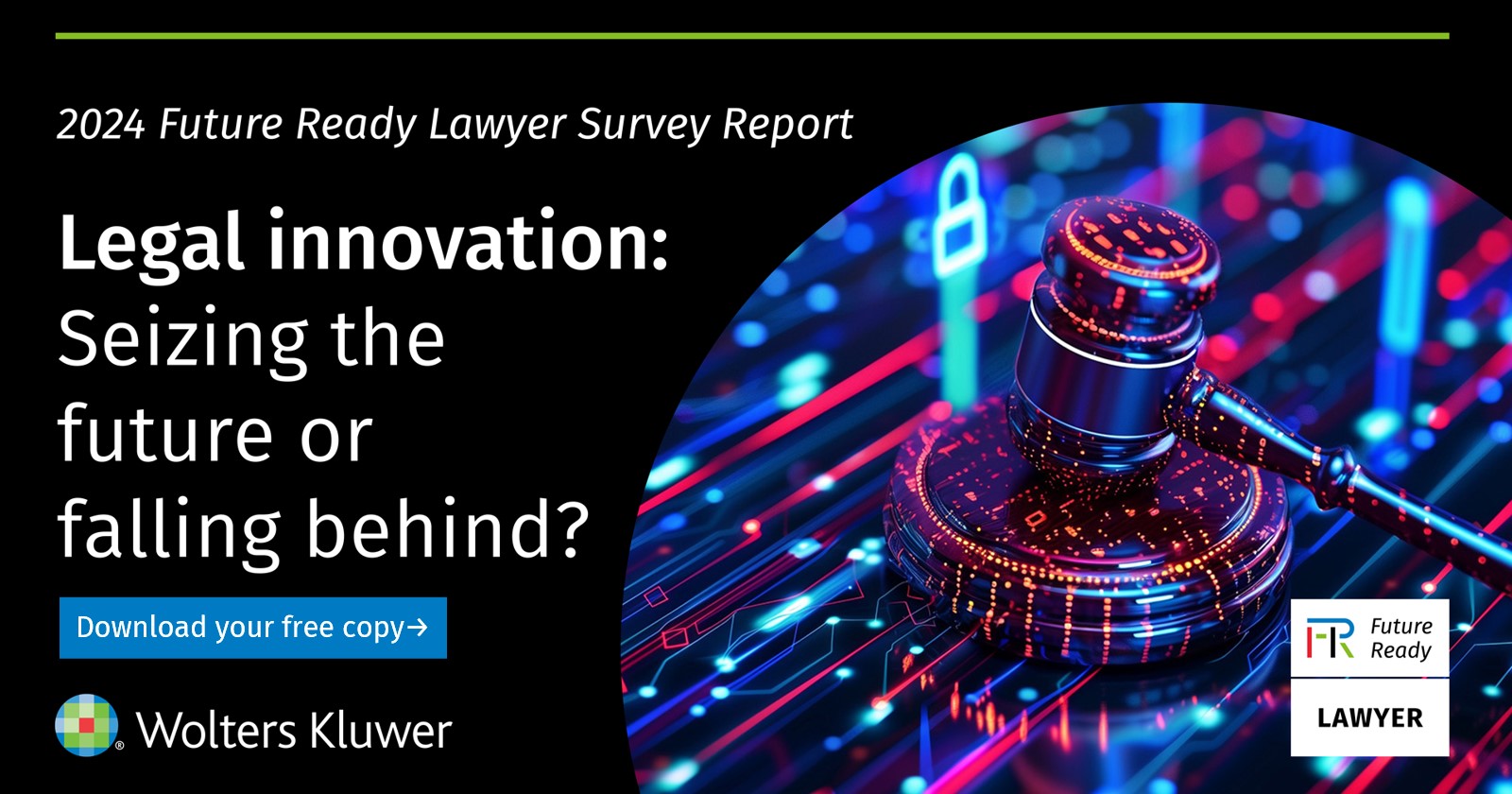
Introduction
Not long ago, artificial intelligence (“AI”) was a concept brought to life by human actors – whether through Scarlett Johansson’s voice in Her (2013) or as Alicia Vikander’s eerie humanoid presence in Ex Machina (2014). Today, the roles have reversed: it is AI that is creating on-screen performances that appear convincingly human.
From de-aging and re-aging to posthumous digital replicas and fully synthetic background performers, generative AI offers the entertainment industry new creative possibilities and potentially cost-saving efficiencies in (post)production. For screen and voice actors and actresses (collectively “performers”), AI can come to the rescue when illness or unforeseen circumstances prevent them from completing a project – potentially avoiding a full recasting. Yet fears about the erosion of their creative control, and ultimately their livelihoods, clearly prevail.
These concerns fueled the four-month strike by the U.S. actors’ union SAG-AFTRA in 2023, when AI became a key issue in the negotiations over the renewal of its agreement with the production companies’ association AMPTP. In December 2023, the new contract (“SAG-AFTRA Agreement”) was ratified, introducing detailed provisions governing AI in film and television production.[1] In February 2025, the German federal actors’ union BFFS and the public sector trade union ver.di reached an agreement with the producers’ alliance (Produktionsallianz) on the use of generative AI in film production (“BFFS Agreement”), effective March 1. While this agreement was reached without the high-profile strikes seen in Hollywood, it represents an equally significant milestone for the film industry.
This two-part article examines the BFFS Agreement and compares its key provisions to the SAG-AFTRA Agreement, highlighting similarities and differences in ensuring performers’ participation and control over the use of AI. Part 1 explored statutory protection vs industry agreements, regulated AI use cases, and compensation for AI replacement. This second part looks at consent requirements and post-mortem AI-modified performances and considers the future outlook in this field.
IV. Consent Requirements
Both the BFFS and the SAG-AFTRA Agreement recognize that no consent is required where the use of performance or likeness is legally permitted. Under German law, this includes cases where other fundamental rights (e.g., freedom of art) prevail or copyright exceptions (e.g., quotation, pastiche) apply. Under the SAG-AFTRA Agreement, this concerns First Amendment uses (e.g., comment, criticism, satire, parody, docudrama). Otherwise, the following consent requirements apply.
- Digital replicas
Only very narrow exceptions to the requirement of the performer’s explicit consent apply for digital replicas.
(a) General rule: Consent required
The BFFS Agreement reflects the statutory requirement of consent for any creation, reproduction, distribution and public display of a digital replica – regardless of whether it is created during the performer’s engagement for a specific production or based on pre-existing recordings, and of the performer’s physical participation.
The SAG-AFTRA Agreement follows the same broad approach of a general need for clear and conspicuous consent for any kind of digital replica. Some details differ due to the distinction between digital replicas of background actors and those of performers, with the latter further divided into employment-based (created in connection with the performer’s employment on a film) and independently created (there is no employment for the performer on the film in which the digital replica is used).
While consent and granting of rights under the BFFS Agreement may be included in the general cast agreement, the SAG-AFTRA Agreement requires a separately signed declaration.
(b) Exceptions to the need for consent
The BFFS Agreement provides that the performer may not, contrary to good faith, refuse to consent to the use of a digital replica or partial digital embodiment for (stunt) scenes in which she is shown or doubled in “dangerous situations”. But the need for consent is only waived fully if the use of a digital replica or partial digital embodiment does not “significantly exceed the scope of the contractually agreed real participation” of the performer and the performer is unable to perform, for example due to an injury. The SAG-AFTRA Agreement is broader: no consent is required if the replica use leaves the photography or soundtrack substantially as scripted, performed and/or recorded, regardless of whether the performer was able to perform in person.
(c) Use in subsequent productions
Additional consent requirements apply when a replica is used outside the production for which the performer was originally engaged. The BFFS Agreement mandates consent in writing (which is not generally mandatory for digital replica, but always advisable) and in a separate agreement with specified use of the replica (production, role, etc.) and separate remuneration.
Consent must generally be obtained when the digital replica is used in a subsequent production. It may be included in the cast agreement for the initial production only if the performer is already engaged for the later project (e.g., in a series, prequel, sequel, remake). In general, digital replicas may only be used in other projects if the performer is re-engaged, except for when the performer is unavailable due to other obligations, illness, or death, or if the parties conclude an individual agreement for compensation.
In essence, this mirrors the SAG-AFTRA Agreement’s approach to digital replicas of performers.[2] For background actors, however, consent must always be obtained at the time of use, and use of digital replicas in other projects is prohibited if this is done to circumvent a re-engagement.
- Digital modifications
Material digital modification of the age, physical stature, appearance and/or voice of a performance using generative AI require express written consent of the performer to the specific modification (email suffices under the BFFS Agreement; the SAG-AFTRA Agreement requires a separately signed statement). The following exceptions apply under the BFFS Agreement, all of which remarkably similar to the carve-outs in the SAG-AFTRA Agreement:
(a) No consent required: Script-compliant modifications
No explicit consent is needed for modifications that remains substantially faithful to the script or the performer’s role. Since the agreement aims to ensure sufficient control and protection for performers, this exception is likely limited to minor AI-enabled changes. As an example of a substantial departure from the script going beyond this exception, the BFFS Agreement mentions “(visual) reversals”, e.g., reskinning by changing a dark-skinned into a light-skinned person or vice versa.
(b) No consent required: Customary post-production editing
Within the statutory protection against distortion, industry-standard editing and adjustments are permitted without separate consent. This privileging is reminiscent of the EU AI Regulation, which exempts assistive AI standard edits from the provider’s obligation to ensure labelling of synthetic content, Art. 50(2).
The BFFS Agreement lists typical post-production measures, including editing, cutting and other changes to repair or improve the quality of the recorded material (e.g., color grading), in costume, for timing and speed, for continuity, noise reduction, intelligibility, length, sound, for VFX effects and filters, but also for changes made to comply with ratings (e.g., for youth protection) and minor adjustments to dialog, storylines, legal requirements and industry practices. However, any deviation from the script or role should be handled with great care and, when in doubt, covered by explicit consent.
(c) No consent required: Dubbing
Digital modifications may also not require separate consent if they are made for post-synchronization to dub the film into another language, including adaptations of the dialog or recorded performance for distribution in certain license markets and adjustments made to the performance (i.e., use of a double or lips/face/body/voice changes).
- Artificial performers
For artificial performers, the BFFS Agreement reiterates the legal status quo: consent is required if a human performer is recognizable for acquaintances in the artificial performer. It also affirms the value of human performance and acknowledges AI’s potential impact on employment, echoing the language of the SAG-AFTRA Agreement. However, the SAG-AFTRA Agreement already requires producers to give notice and bargain in good faith if a synthetic performer is to replace a human one.
V. Post-mortem AI-modified performances
The SAG-AFTRA Agreement treats the effect of a performer’s or background actor’s death on the consent given during her lifetime as a key issues, again due to fragmented U.S. state law and the lack of a federal framework.[3] Such consent remains valid after death unless explicitly limited. Where consent must be given after the performer’s death (e.g., for replica use in another production or post-mortem digital alterations), it may be granted by the estate or, if none exists, by the union.
The BFFS Agreement addresses a performer’s death only with respect to the use of a digital replica in subsequent productions: consent given during the lifetime in the context of the initial engagement that covered later uses remains valid after death. Apart from that, general copyright and personality rights apply to post-mortem uses, meaning any use after the death of the performer not adequately contractually covered during the lifetime must be authorized by the successor in right.
VI. Conclusion and Outlook: More similarities than differences
The BFFS and SAG-AFTRA Agreements both mark significant landmarks in the industry regulation of AI in film production, each shaped by their legal framework. Since German law already provides strong protection for performers in their performances and likenesses, the BFFS Agreement focuses on practical implementation and establishing industry-wide agreed modalities. This makes the agreement no less important, as it defines clear standards and a fair balance of interests.
Both agreements address current key use cases of generative AI output, the BFFS Agreement even partial digital embodiments, whereas the SAG-AFTRA Agreement does so only in the context of synthetic performers with recognizable key human facial features. Consent and compensation are key principles in both agreements, with similar approaches to the scope of consent (generally project-specific, with exceptions if the performer is re-engaged), its redundancy for certain digital modifications (script-faithful changes; standard post-production editing; dubbing), and the calculation of compensation for AI replacements (fictitious shooting days). Notably, the SAG-AFTRA Agreement even waives consent if a digital replica leaves the photography or soundtrack substantially intact.
A key difference lies in post-mortem use of AI-modified performances: the BFFS Agreement follows an opt-in model, while the SAG-AFTRA Agreement applies an opt-out approach (lifetime consent remains valid unless limited).
Both agreements foresee regular reviews. The SAG-AFTRA Agreement calls for semi-annual meetings with each producer to discuss generative AI use and bias mitigation. The agreement’s 2.5-year term (until end of June 2026) will prompt renegotiations by January 2026. The BFFS Agreement also provides for biannual joint reviews and earlier termination than the general collective agreement for flexibility.
To conclude, the BFFS Agreement reflects the core components and main compromises of the SAG-AFTRA Agreement. As film speaks a universal language, a fully unified global industry standard would be desirable. So far, Hollywood has taken the lead in shaping such a standard.
—————————————————————————————————————
[1] Since then, SAG-AFTRA has concluded other AI-specific agreements, for example with a AI voice technology company.
[2] The SAG-AFTRA Agreement only allows replica use without re-engagement if the performer is deceased. But it also recognizes “independently created digital replica” – uses for productions where the performer is not employed but has consented against bargaining – similar to the BFFS Agreement’s exception permitting use without re-engagement through individual agreement against payment.
[3] California just passed a SAG-AFTRA-supported law in August 2024 that requires the estate’s consent for the creation and use of digital replicas of deceased personalities.
________________________
To make sure you do not miss out on regular updates from the Kluwer Copyright Blog, please subscribe here.


